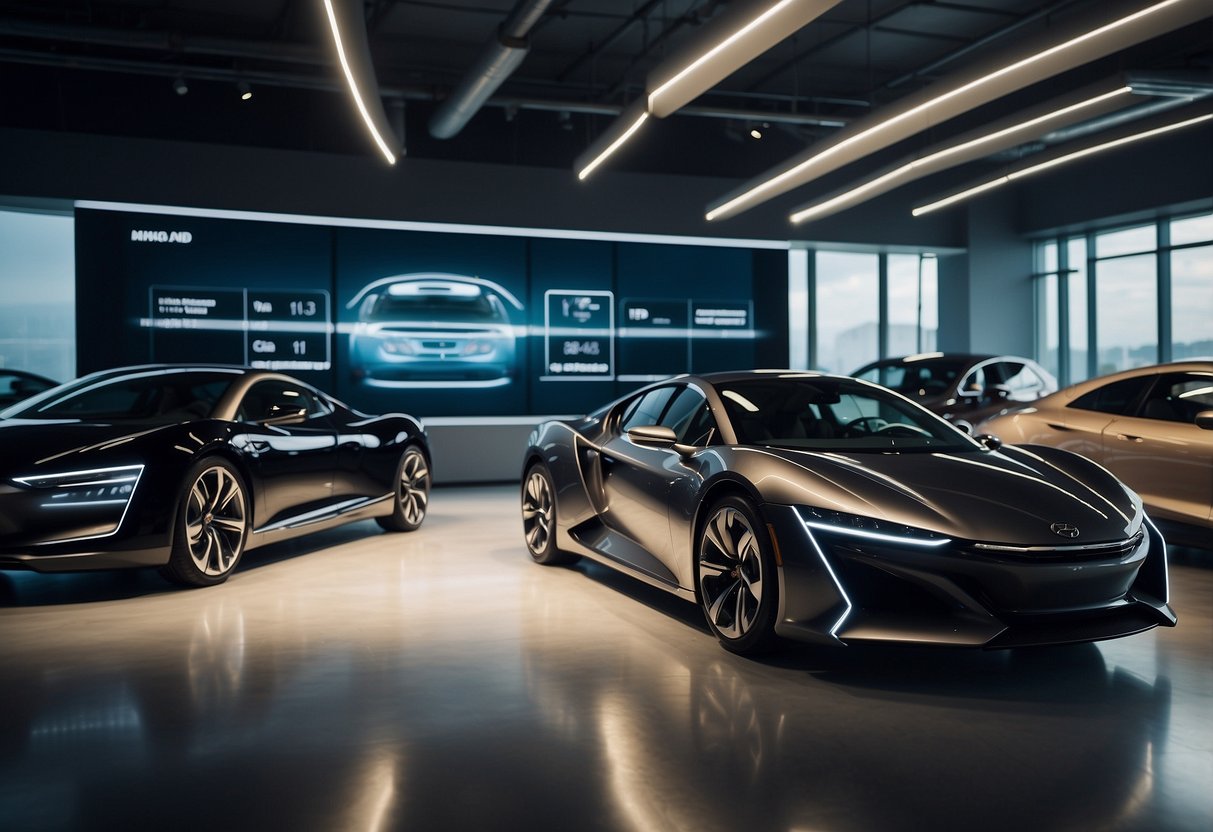
The Impact of Aerodynamics and Weight on Fuel Efficiency
Aerodynamics plays a crucial role in determining a car’s fuel efficiency. The shape of the vehicle affects how air flows over and around it. A more streamlined design reduces air resistance, allowing the car to move more efficiently at higher speeds.
Weight is another significant factor in fuel efficiency. A lighter car requires less energy to move, which means the engine doesn’t have to work as hard. Manufacturers are increasingly using lightweight materials such as aluminum and carbon fiber to reduce the overall weight of cars.
Combining these two elements can lead to substantial improvements in fuel efficiency. For example, reducing vehicle drag by optimizing aerodynamics can lower fuel consumption. Similarly, using lightweight materials can improve the car’s overall performance while saving fuel.
Moreover, advancements in engineering and technology allow automakers to design vehicles that balance weight and aerodynamics. This balance can lead to cars that not only save fuel but also offer better handling and acceleration.
In summary, the combination of aerodynamics and weight reduction leads to significant gains in fuel efficiency. These factors are essential considerations for manufacturers aiming to produce eco-friendly vehicles.
1. Model One: Exemplar of Efficiency

Model One stands out not just for its impressive fuel economy but also for its advanced powertrain, cutting-edge technology, and high owner satisfaction. These factors together make it a top choice for anyone focused on fuel-efficient driving.
Powertrain and Performance
Model One features a hybrid powertrain that seamlessly combines a gasoline engine with an electric motor. This setup ensures optimal fuel efficiency without sacrificing performance. The gasoline engine is a 1.5-liter, four-cylinder unit, delivering smooth acceleration. Paired with the electric motor, it offers a combined output of 150 horsepower.
The regenerative braking system helps recharge the battery during drives, adding another layer of efficiency. Drivers appreciate that the transition between electric and gasoline power is nearly imperceptible, providing a smooth and quiet ride. The powertrain also includes an advanced continuously variable transmission (CVT) that contributes to its superior fuel economy.
Technological Innovations
Model One boasts an array of technological features designed to enhance fuel efficiency and driving experience. The car comes equipped with an intuitive infotainment system that includes Apple CarPlay and Android Auto. A high-resolution touchscreen provides easy access to navigation and entertainment options.
The vehicle’s advanced driver-assistance systems, such as adaptive cruise control and lane-keeping assist, contribute to safer and more efficient driving. Integrated vehicle-to-infrastructure communication allows the car to optimize route planning based on real-time traffic data. Additionally, the energy management system is highly intuitive, automatically switching between electric and gasoline modes for maximum efficiency.
Owner Reviews and Reliability
Owners of Model One consistently give high marks for the car’s reliability and fuel efficiency. Many drivers report achieving close to the manufacturer’s estimated miles per gallon figures in real-world driving conditions. The car has proven dependable, requiring minimal unscheduled maintenance over time.
Customer reviews often highlight the comfortable interior and smooth ride. The high build quality is another commonly praised aspect, with very few issues reported. Long-term owners appreciate the durability of both the powertrain and the vehicle’s overall structure. This positive feedback underscores Model One’s reputation as an exemplar of efficiency and reliability.



